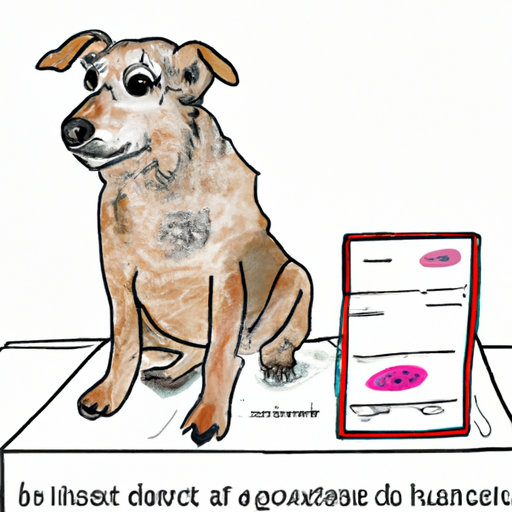As dog owners, we have a responsibility to understand the various changes that occur in our pets as they age. One such change is the appearance of warts, which can be alarming to many dog owners. However, these growths are a normal part of the aging process for dogs and are usually not a cause for concern. In this article, we will delve deeper into the reasons why dogs get warts when they get old, how to identify them, and what you can do to ensure your dog’s comfort and health.
Table of Contents
- What are Dog Warts?
- Why do Dogs get Warts as they Age?
- How to Identify Warts in Dogs?
- How to Treat Dog Warts?
- Prevention and Care
- Frequently Asked Questions
Key Takeaways
- Dog warts, or canine papillomas, are benign skin growths that often appear as dogs age.
- Aging and weakened immune systems contribute to the development of warts in dogs.
- While dog warts are generally harmless, some may cause discomfort or lead to secondary infections.
- Regular veterinary check-ups can help monitor your dog’s health and detect any abnormalities.
What are Dog Warts?
Dog warts, technically known as canine papillomas, are benign skin tumors that are caused by certain types of viruses. They are most commonly seen in dogs that are middle-aged or older. Despite their somewhat alarming appearance, these growths are generally harmless and do not pose a serious health risk to your pet. However, they can sometimes be a sign of a weakened immune system or other underlying health issues.
Why do Dogs get Warts as they Age?
Dog warts are primarily caused by the canine papilloma virus (CPV), a type of virus that is specific to dogs. As dogs age, their immune systems naturally weaken, making them more susceptible to certain infections and diseases, including CPV. This is why you often see these growths appearing in older dogs.
Another factor that can contribute to the development of warts in dogs is their environment. Dogs that are frequently exposed to other dogs, particularly in places like dog parks or kennels, are more likely to contract the virus that causes these growths.
For more detailed information on this topic, you can visit this link.
How to Identify Warts in Dogs?
Dog warts can vary in appearance. They often appear as small, fleshy bumps on the skin, but can also have a cauliflower-like appearance. Most warts are found on the face, lips, inside the mouth, or on the paws. Although they are often harmless, some warts can cause discomfort or pain, particularly if they are located in an area that the dog frequently scratches or chews.
A thorough physical examination by a vet is the best way to identify warts in dogs. Onetopdog’s guide on dog skin conditions can help you learn more about various skin conditions in dogs, including warts.
How to Treat Dog Warts?
Most warts do not require treatment and will disappear on their own once the dog’s immune system responds to the virus. However, if the warts are causing discomfort or secondary infections, a vet might recommend removal. There are several treatment options available, including surgical removal, cryotherapy (freezing the wart off), or laser surgery.
In some cases, your vet might recommend a wart vaccine to boost your dog’s immune response to the virus. To learn more about dog vaccines, visit Onetopdog’s guide on dog vaccines.
Prevention and Care
While it’s not always possible to prevent your dog from getting warts, there are steps you can take to reduce their risk. Regular veterinary check-ups can help ensure that your dog’s immune system is functioning well and can detect any early signs of warts or other health issues.
Maintaining a healthy diet and regular exercise can also help boost your dog’s immune system and reduce the risk of warts. For more tips on how to keep your dog healthy, you can check out Onetopdog’s guide on dog health.
Frequently Asked Questions
1. Are dog warts contagious to other dogs?
Yes, the virus that causes warts can be spread to other dogs through direct contact or shared toys and food bowls.
2. Are dog warts contagious to humans?
No, dog warts are not contagious to humans as they are caused by a virus that is specific to dogs.
3. How long does it take for a dog wart to disappear?
Most warts will disappear on their own within 1-5 months, but this can vary depending on the dog’s immune response.
4. Should I attempt to remove my dog’s wart at home?
No. Attempting to remove a wart at home can cause pain and lead to infection. If you believe a wart needs to be removed, consult with a vet.
Remember, as dog caregivers, our role is to ensure our pets live a comfortable and healthy life. Understanding the changes that occur as they age, including the appearance of warts, is an essential part of this responsibility. Stay attentive, keep informed, and above all, keep loving your furry friend!



